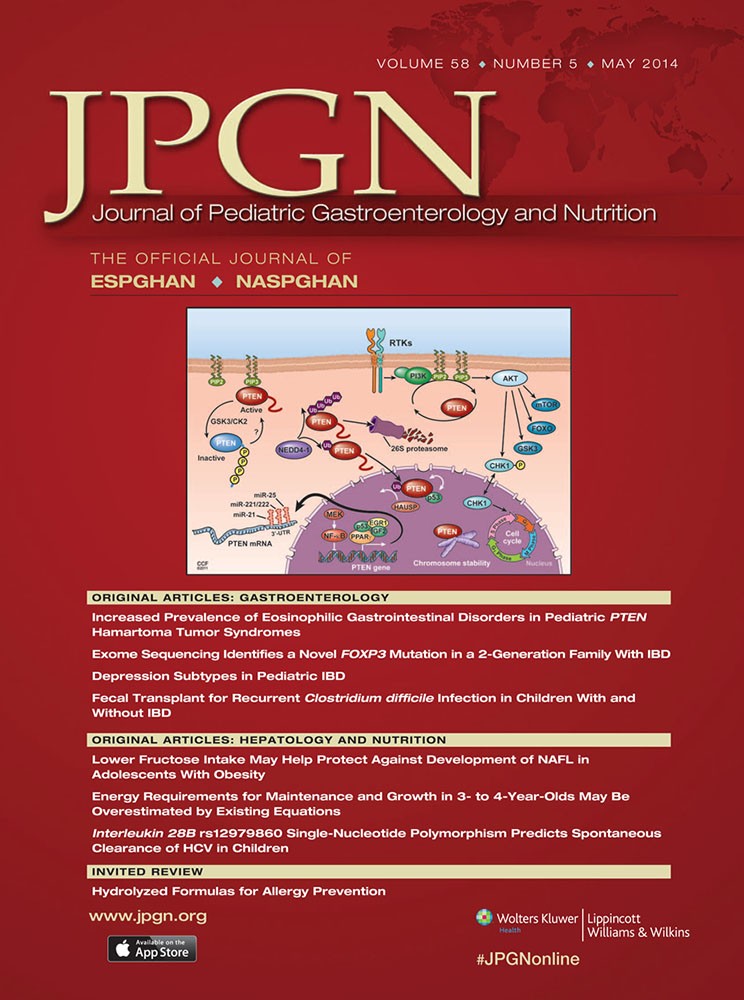Dextranomer Hyaluronic Acid Copolymer Effects on Gastroesophageal Junction
Presented at the joint 59th British Association of Paediatric Surgeons Annual International Congress and the 13th European Paediatric Surgical Association Congress, Rome, Italy, June 14–16, 2012.
K.M. received a salary support award from the Department of Surgery, Schulich School of Medicine and Dentistry, Western University, London, Ontario, Canada. S.E. received an equipment grant of $9000 and a supply of Deflux from Oceana Therapeutics. He was supported by the Grete Roggenburg Research Award from the Montreal General Hospital Foundation. The other authors report no conflicts of interest.
ABSTRACT
Objective:
The outcomes of fundoplication for gastroesophageal reflux disease are suboptimal in many children, and alternatives are clearly needed. Dextranomer hyaluronic acid (DxHA) copolymer, an agent with proven efficacy in vesicoureteral reflux, was studied with respect to its effects on the gastroesophageal junction (GEJ).
Methods:
Twelve New Zealand white rabbits underwent measurement of lower esophageal sphincter pressure followed by laparotomy and injection into the muscular layer of the GEJ (controls, 1.0 mL saline; low-dose DxHA [0.5 mL]; high-dose DxHA [1.0 mL]). After a 12-week survival period, the animals underwent manometry, sacrifice, and necropsy. Organs were examined histologically by pathologists blinded to the injection delivered.
Results:
All animals survived. Weight gain was equal in the 3 groups. There was no significant difference in mean lower esophageal sphincter pressure from baseline in any group (control 2.3 mmHg [95% confidence interval, CI −3.3 to 7.9]; low-dose group 3.2 mmHg [95% CI −0.8 to 7.2]; high-dose group −4.0 mmHg [95% CI −18.95 to 10.95]). Histologically, DxHA injection produced an intramural implant, with a foreign body giant cell reaction, and fibroblastic infiltration with collagen deposition. High-dose injection did not consistently result in a qualitative increase in the magnitude of the reaction. There was no mucosal injury or luminal stenosis.
Conclusions:
In this first study evaluating the effects of DxHA injection at the GEJ, a histologic bulking effect was observed without obvious functional complications. The agent may have a role in the treatment of gastroesophageal reflux disease.




